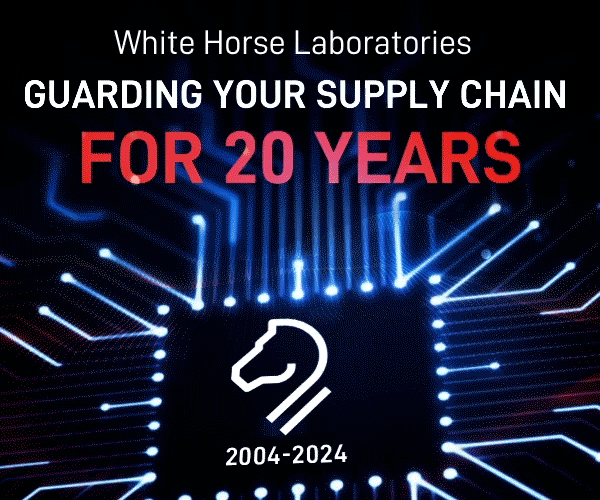What Is Asset Tracking and Inventory Management?
By Cobus Heukelman, Technical Marketing Engineer at Symmetry Electronics

Asset tracking is a feature or service that helps locate and track any object that the user may want to keep track of geographically. If you have ever used navigation software on your smart phone or GPS console, you would notice how the device tracks your current location to calculate directions. Likewise, asset tracking tracks the current location of any object anywhere in the world, from small electronic devices to large freight transportation containers. This applies to any physical property, such as a company’s equipment, vehicles, or stock.
There are a vast number of tracking technologies each with its own set of merits and drawbacks. The important thing is to match the tracking technology to the item being tracked. For instance, if you are tracking toothbrushes, then using a GPS-based system that costs more than the box of toothbrushes you are tracking would not make sense financially. Instead, a simple barcode or RFID tag may be the best fit here.
To understand the differences between these technologies, identify them based on cost, information frequency and range.
Barcode Tracking
One of the simplest forms of tracking technology is the humble barcode. The cost is very low, but the barcode reader must be right next to the barcode to scan it, so the tracking range is also very low. Additionally, the barcode must be lined up with the barcode reader, requiring oversight to properly align the barcode and making this tracking option more labour intensive. The information frequency is also low, because someone must scan and transmit the information, and only if they know where the item is.
This is typically how parcel shipments via FedEx or UPS work. When tracking a package throughout the shipping process, updates are only given as the item reaches each facility point. For instance, you would receive an update that the package left the sorting facility, but then you would have to wait until it reached the next warehouse for a new update. Between those two points you would not know where the package is, and if the package got lost between those two points, you would not know where it went.
Satellite Tracking
A satellite tracking system transmits location via satellite and sends frequent location updates over a satellite network. The cost of operation is high, but this allows an item to be tracked all across the globe. As long as the item being tracked is within the coverage area of the satellite data network, then the location will be transmitted. There are obstacles that can impede tracking however; if the receiver is underground or inside a metal container, then the satellite signal would not be able to reach the object. Overall, high-value assets that need to be tracked frequently without human oversight can benefit from satellite asset tracking.
The table below compares a few of the main asset tracking technologies that we offer at Symmetry.
What is Inventory Management?
While it is important to locate all of your assets, asset tracking is not enough. Inventory management is also important to help a company to figure out how to manage the different assets that a company owns. For instance, if you know your supply of parts are running low you may want to order more. Or if you have too much stock at one warehouse, you can tell your factory to ship to the other warehouses. Inventory management takes your asset tracking data, and together with additional information applies intelligence to make good decisions for your business. This considers supply chain data like cost of parts and materials as well as customer data like sales history to facilitate better planning and forecasting of production and sales. There are many different software packages available for inventory management, from free open source solutions to professional packages tailored to your specific industry. For more information on Symmetry solutions that enable asset tracking and inventory management, have a look at our Technology Teardown on Asset Tracking here











